10 Tips for Improving Your Students’ Reading Fluency
August 13, 2024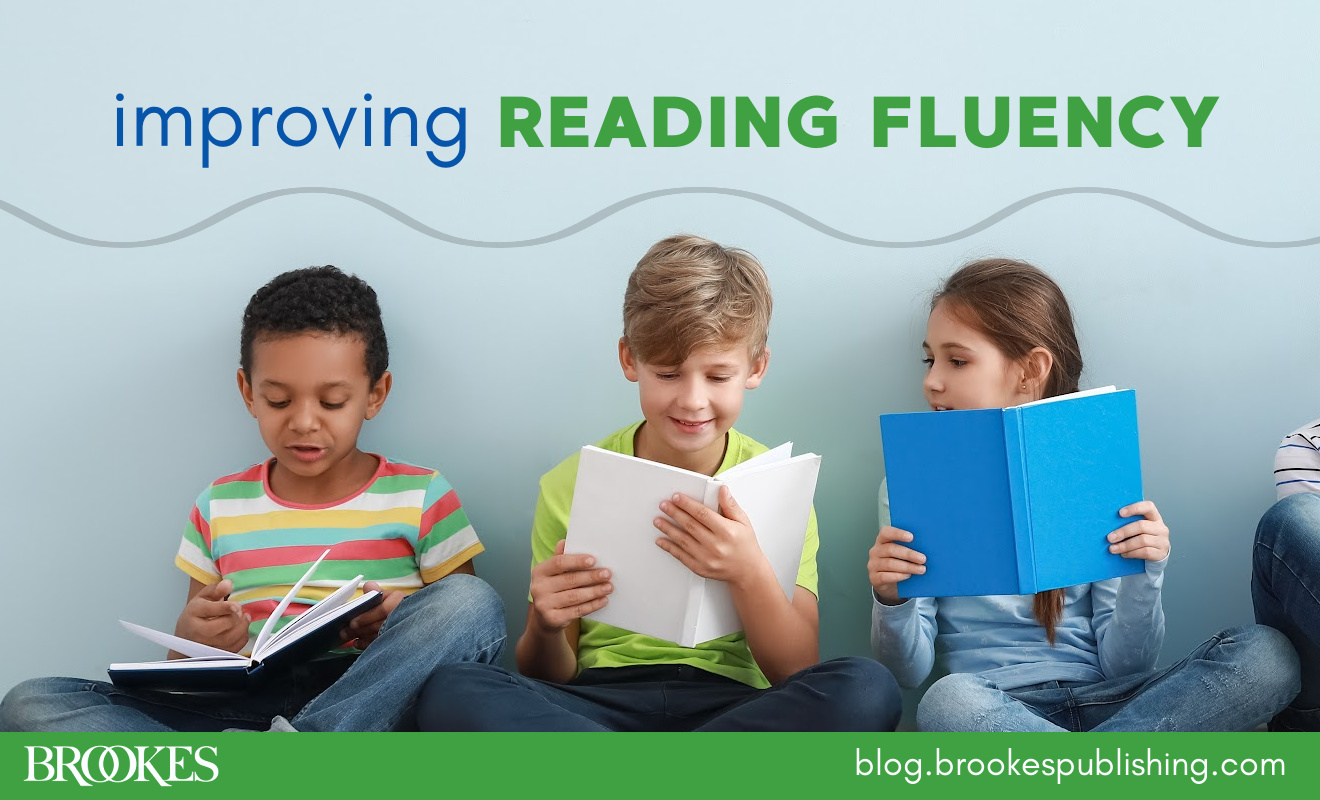
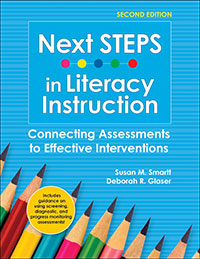 Reading fluency improves with practice—but enticing struggling readers to read can present a real challenge for teachers. Because reading is not a task that struggling students usually choose to do, the amount of text they encounter decreases, and so do their opportunities to improve.
Reading fluency improves with practice—but enticing struggling readers to read can present a real challenge for teachers. Because reading is not a task that struggling students usually choose to do, the amount of text they encounter decreases, and so do their opportunities to improve.
Teachers can help build reading fluency by setting aside time for oral, planned, and monitored reading practice. Excerpted and adapted from Smartt & Glaser’s Next STEPS in Literacy Instruction, Second Edition, today’s post offers 10 basic guidelines to keep in mind when planning and monitoring oral reading fluency practice for your students.
Balance ease with challenge. Use passages that are on the students’ instructional level but are a little bit challenging (i.e., can be read with approximately 90%–95% accuracy).
Plan practice sessions carefully. Practice several times each day for only a few minutes, increasing to longer periods of time. As students get older—third grade and above—increase the length of the practice period.
Try timed readings. If a student is just beginning to learn letter names, letter sounds, or how to decode or blend words, practice building automaticity through timed readings at these subskill levels.
Check for comprehension. When measuring rate and accuracy of connected text, it’s important to include a measure of comprehension. This can be done with a quick request such as, “Tell me about what you just read.”
Use decodable texts with struggling readers. Decodable texts are texts in which a high percentage of words are decodable, the text is connected to a sound/spelling scope-and-sequence program or text, the students have been taught the letter–sound correspondences and can sound out the words, and the remaining high-frequency words and story words have been previously taught.
Spread out practice sessions. Frequent, brief distributed practice spread out over a number of days is more effective than concentrated practice (i.e., a long period of time over 1 or 2 days).
Read out loud. Model fluent oral reading using teacher read-alouds as part of repeated reading interventions.
Provide immediate feedback on words missed. Good feedback includes decoding missed words and then rereading the sentences in which the errors occurred.
Emphasize instruction designed to develop oral reading fluency as soon as students can read at least 60 words in a minute.
Let students chart their own progress. Charting is a strong motivator. Students enjoy keeping track of their progress, watching their growth, and earning a reward for their accomplishments! (A sample progress chart is included in Next STEPS in Literacy Instruction, Second Edition).
Keep these guidelines in mind as you plan reading practice that will help strengthen students’ fluency skills. And for more expert guidance on planning instruction and intervention for fluency and other major components of reading success, get the book behind today’s blog post.

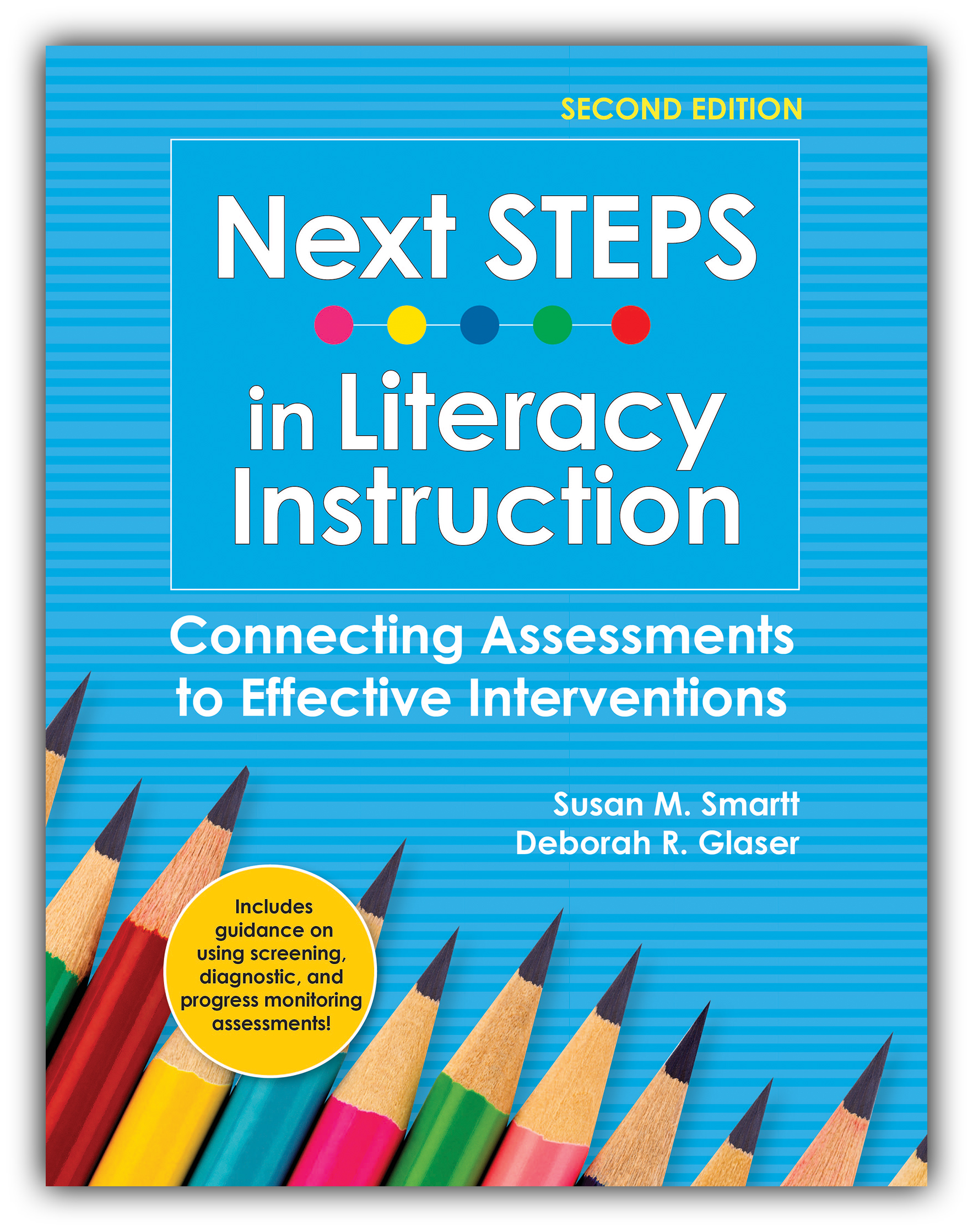
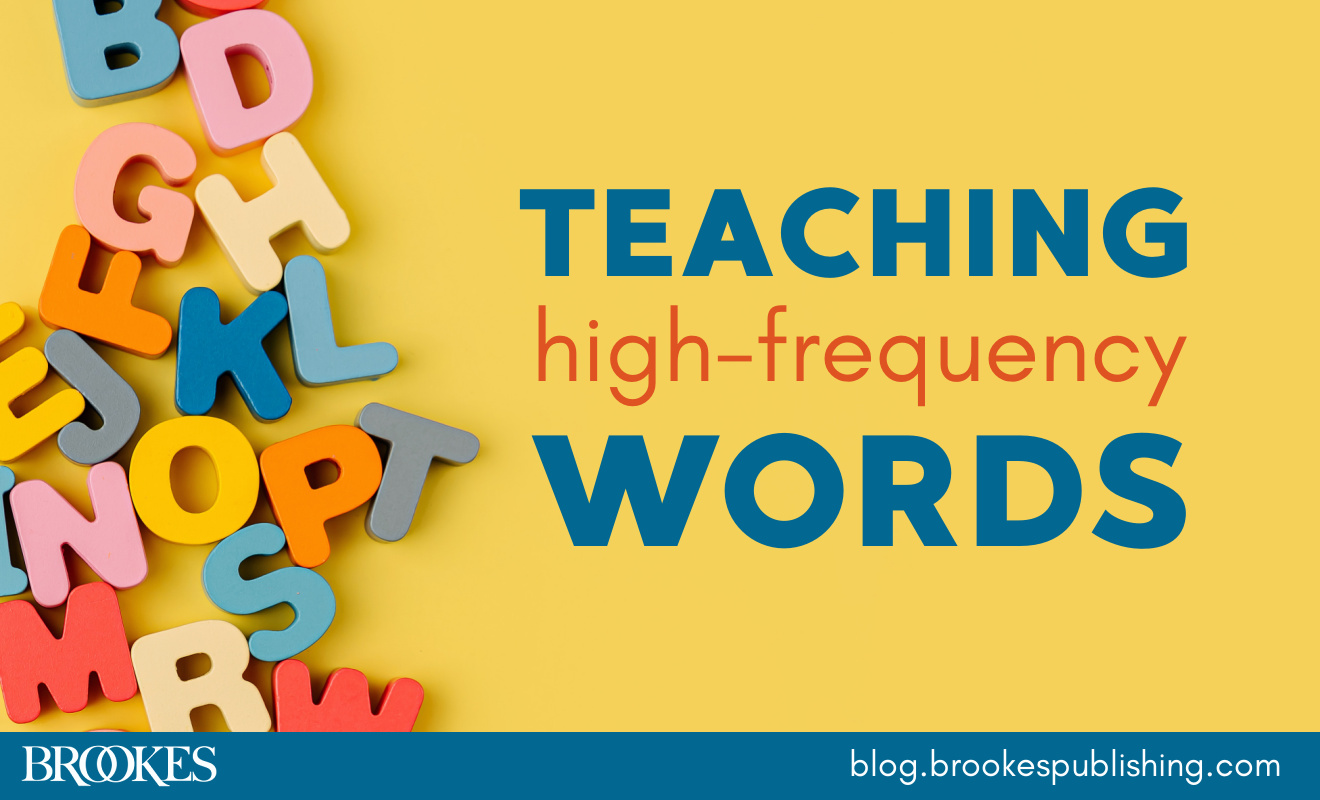

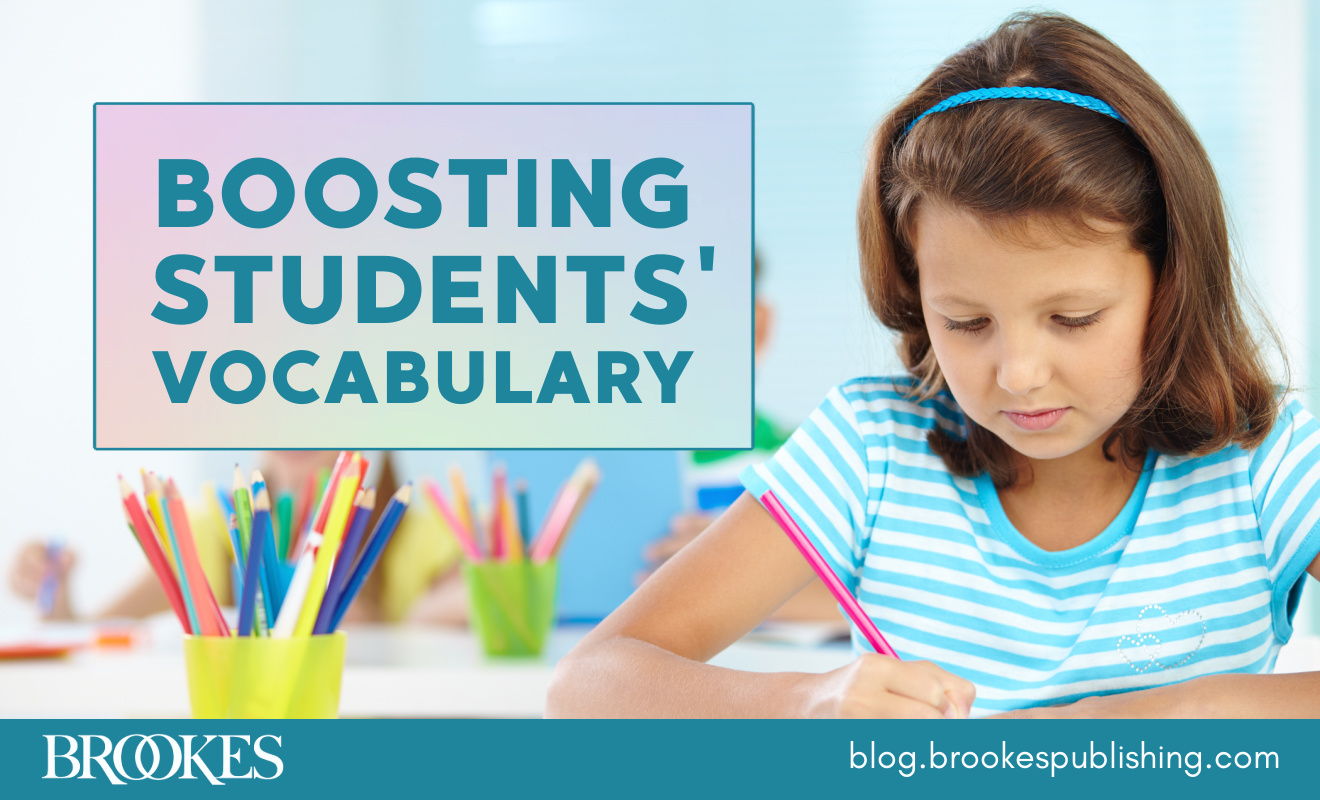
Write a Comment
Your email address will not be published. Required fields are marked *
Post a Comment